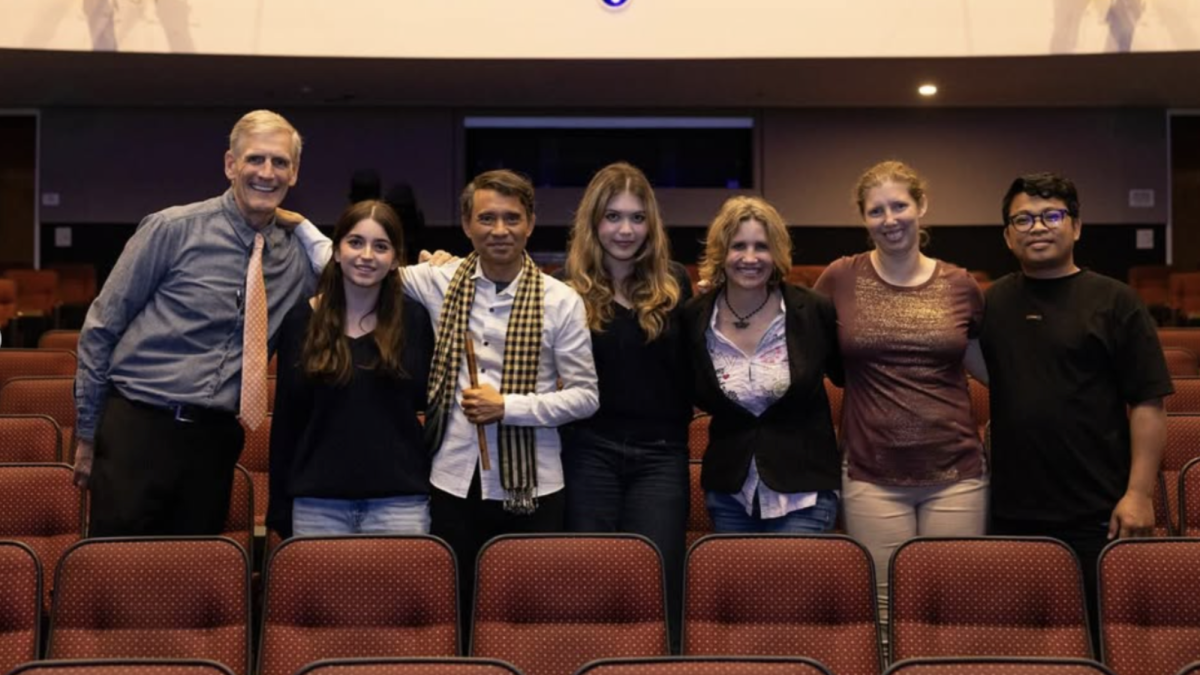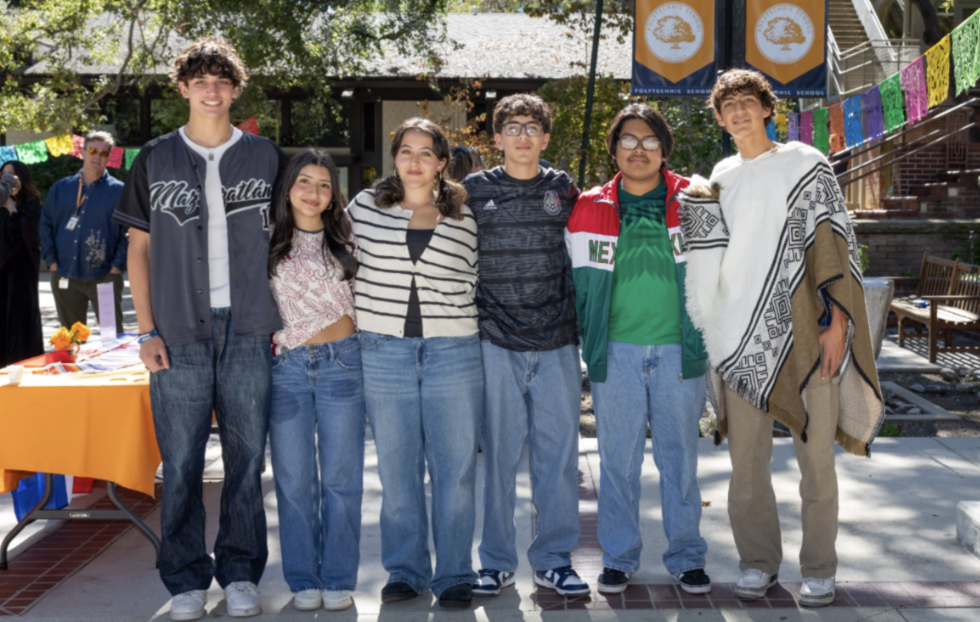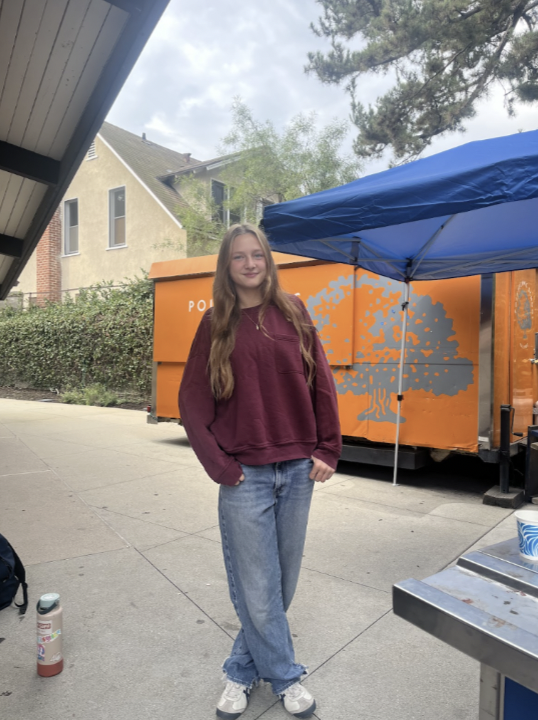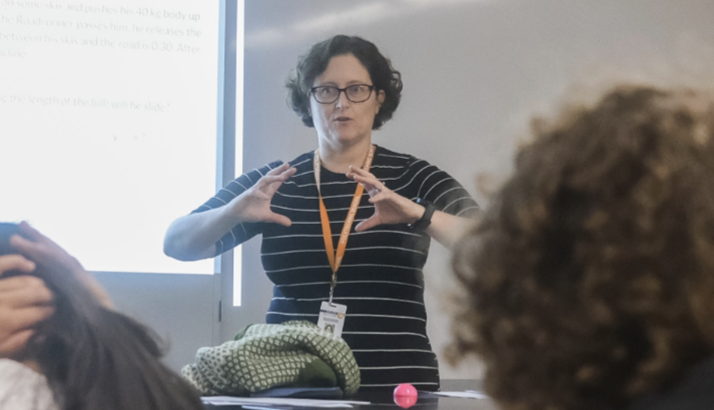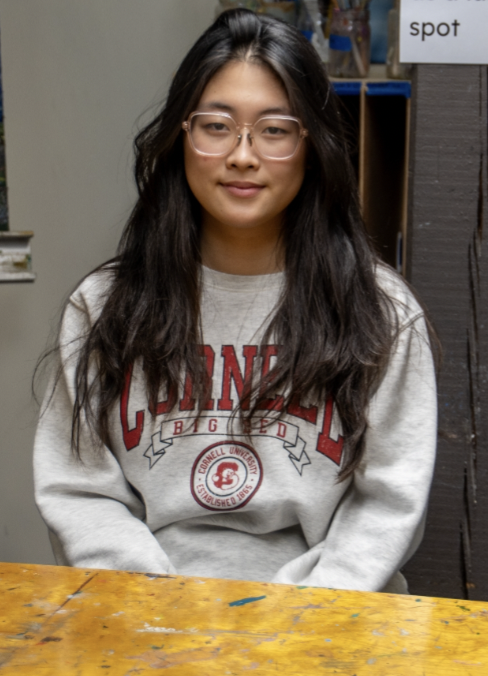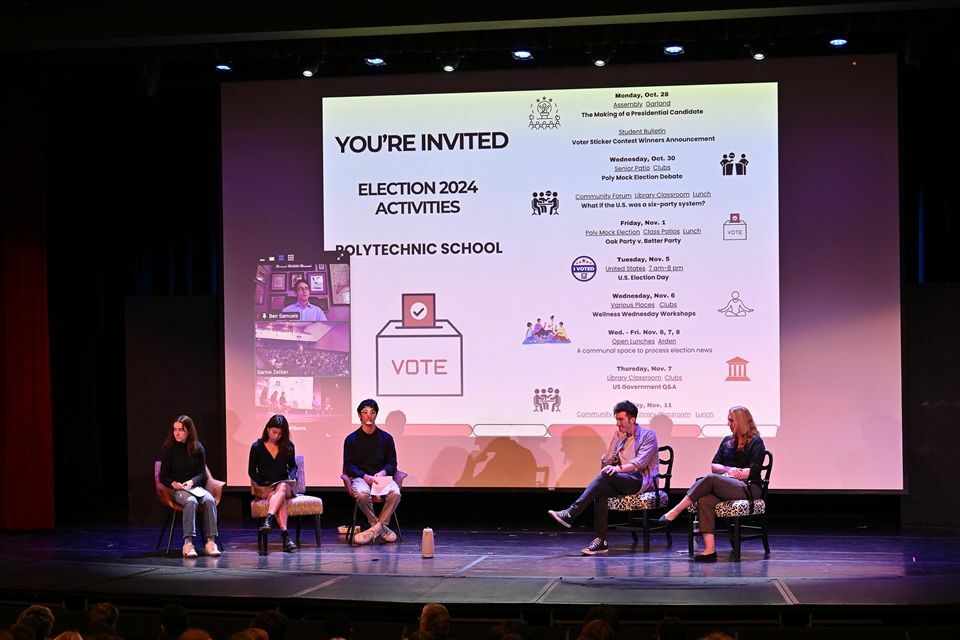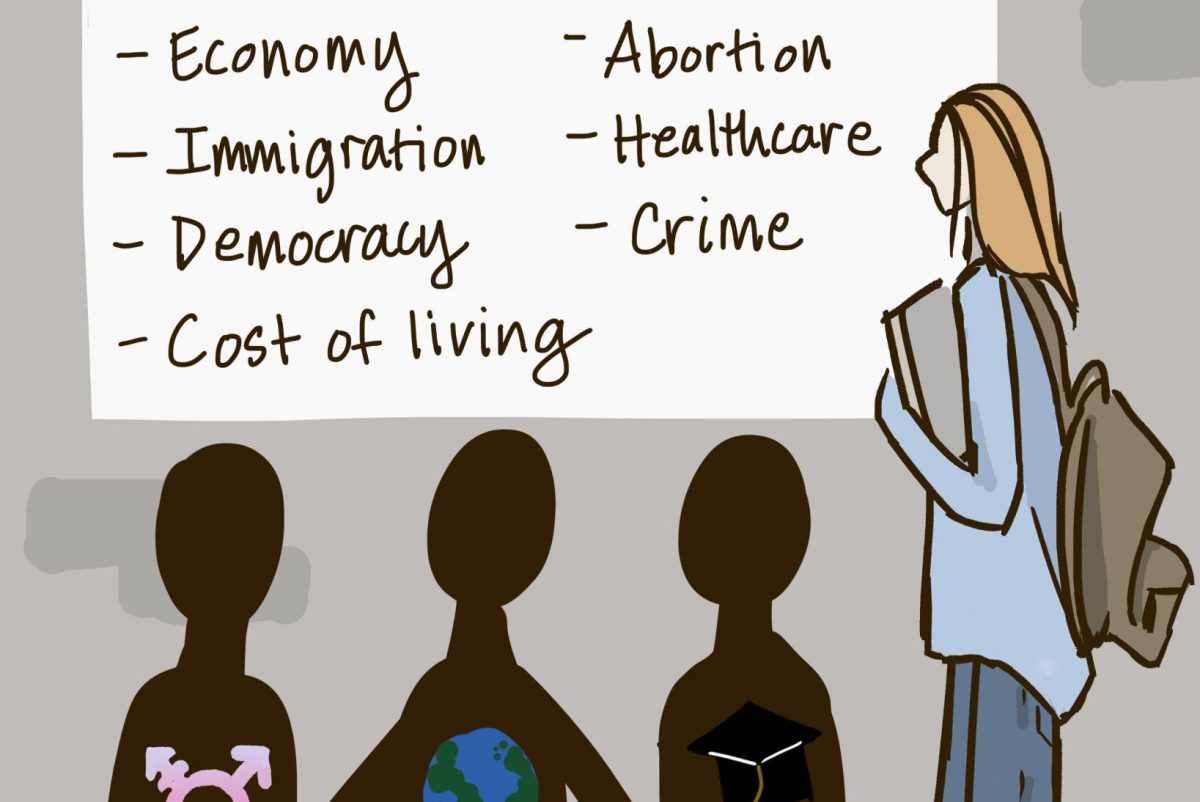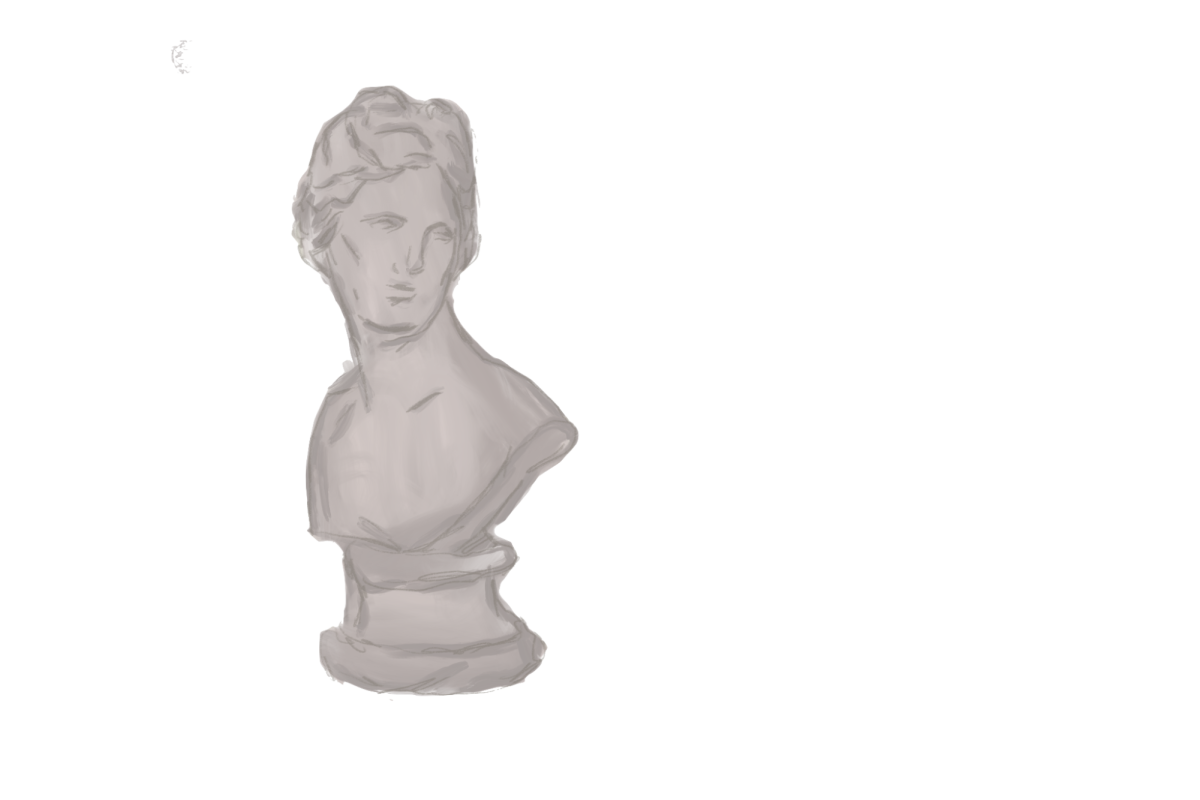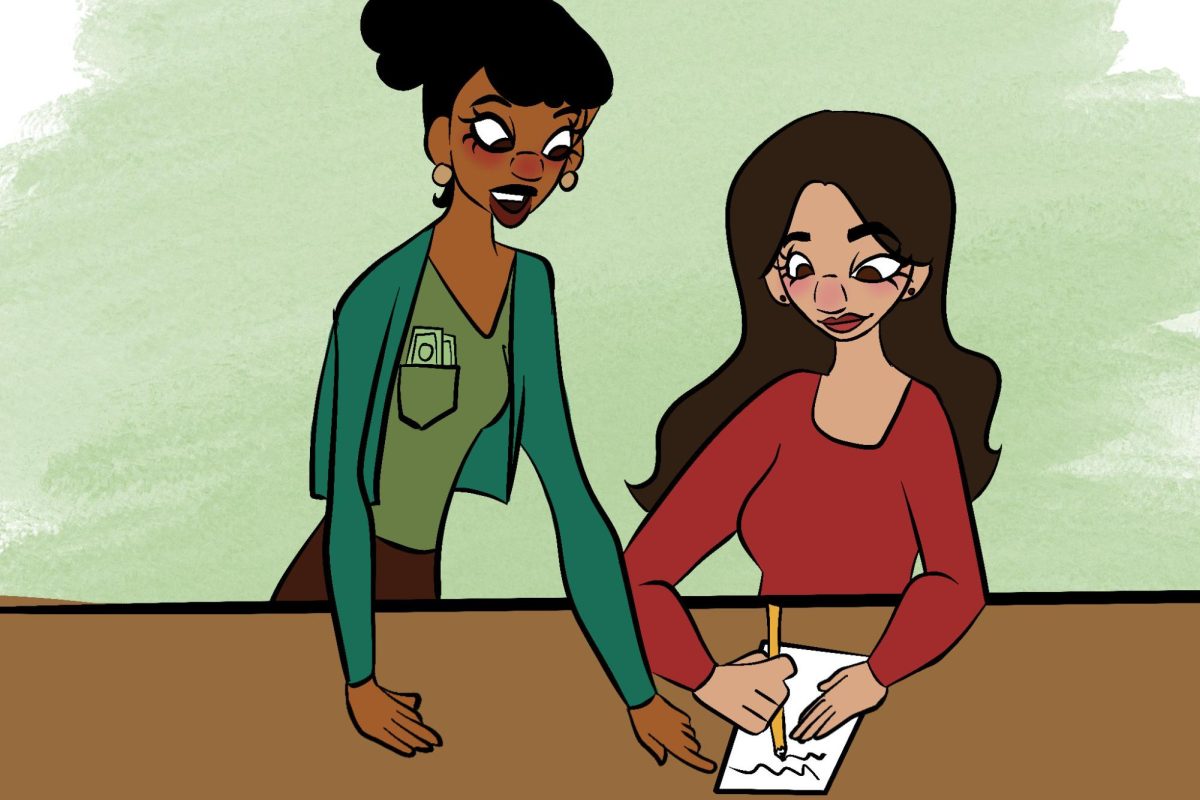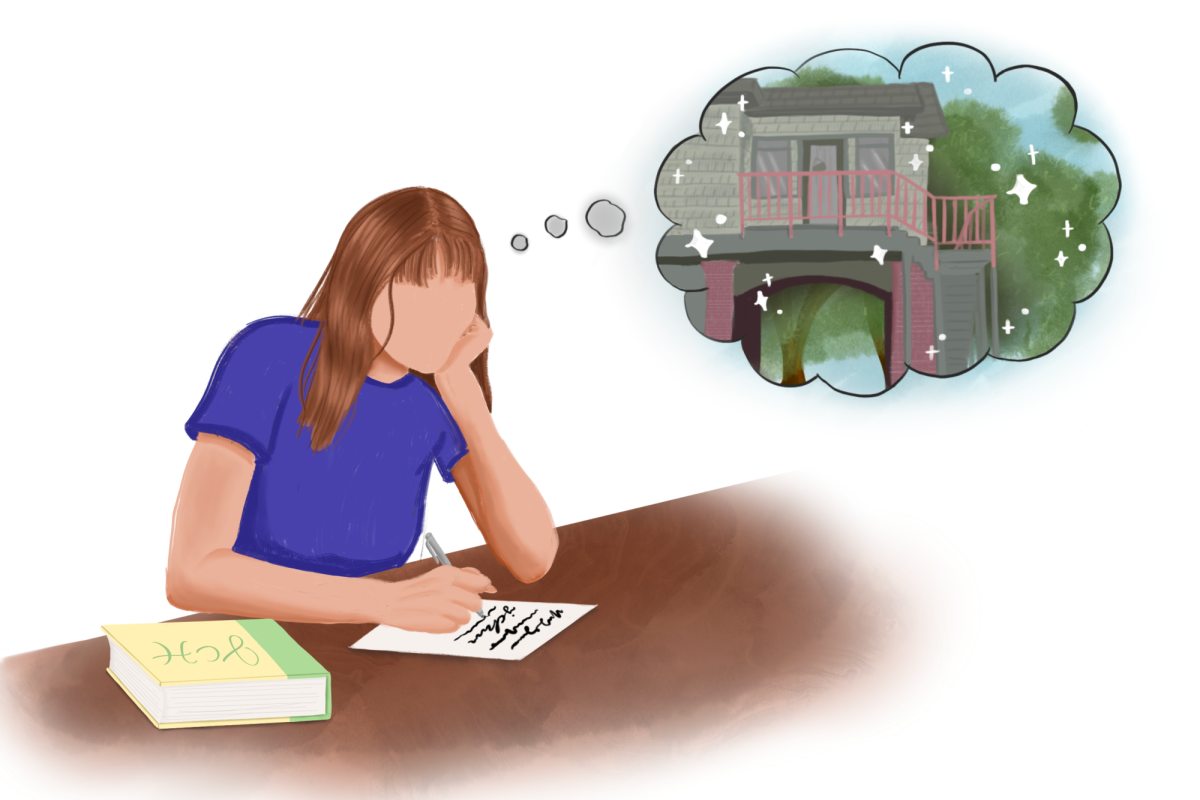Every school year starts out slightly differently, yet one thing never changes — the annual tradition of buying textbooks. At the beginning of each of the four years that I have attended Poly, my parents and I have received an extensive list of books, yet only recently did I question the process and begin seeking an alternative.
When I arrived at Poly in sixth grade, I was surprised to find that textbooks were not provided. I had come from a Los Angeles public school, where I could always expect to see a set of textbooks in each classroom. Despite California’s notoriously underfunded public school system, state law requires a textbook adoption process in which schools are provided with a new set of textbooks every six years. I found it ironic that California public schools had implemented such a system while Poly, in spite of its abundant resources, had not.
The Upper School can take inspiration from the World Languages Department’s textbook adoption system. After collecting used textbooks from students for several years, the department accumulated enough books to provide annual textbook loans to students in several courses, particularly Spanish classes. World Languages Department Chair Maite Bernath spoke to the importance of the program: “It is a good community effort to hand down the book that you’re no longer going to use because someone else can use it, and it can be beneficial for someone else. You’re done with this course; let’s help those that are coming after to take the course. Let’s help the community.”
Besides the expense, single-use textbooks are also environmentally unsustainable. Unless a student has a younger system at Poly, one often has no further use for a textbook once the year concludes, and the book may be stuffed away, never to be read again. Multiply the 373 students in the Upper School by the average four academic subjects per schedule (not including English) and you arrive at 1865 textbooks with no further use at the end of the academic year.
“I would love that instead of thinking about having new sets of books every year for students, we’re researching some sustainable options,” expressed Financial Aid Director Lindsay Morales. “I’d really like Poly to explore increased digital resource options. I know some science teachers, in particular, seem to be doing that the last couple of years.”
Middle School Mathematics Teacher Roberto Alvarez went even further to suggest that Poly’s highly enriched curriculum minimizes the need for textbooks altogether.
“The idea of textbooks in a school has to do with the fact that people believe that you need to have a textbook to have a program that’s credible,” Alvarez noted. “Here at Poly, a lot of the teachers try to be very creative, which is why you have this sense that we buy these books, but we don’t really use them, and that’s because of the creativity of your teachers who are very knowledgeable in their subject matter.”
It’s time for Poly teachers to consider which textbooks are truly essential and which serve little to no pedagogical purpose. There’s no need to produce incredible amounts of environmental waste in the case of the latter. Teachers can look to the PolyEnriched program as an excellent example of diverging from traditional teaching techniques in favor of new, innovative methods of teaching that better equip students to learn.
Ultimately, there is no one-size-fits-all solution. Certain teachers prefer to use textbooks while others do not. Some subjects, such as history and world languages, many inherently rely more on textbooks. Bernath noted, “In AP Spanish, we use the book a lot because we are practicing and building the skills that the book is made for. In the foundational level of a language, textbooks are really helpful for students to review the grammar and to follow the curriculum that the teacher is teaching in class,” she said.
Nevertheless, I believe that Poly would still benefit from implementing one or more of the ideas proposed above: using digital textbooks, rotating textbooks as public schools do and eliminating textbooks in classes where they are not used. I implore teachers to consider if their classes often employ their textbooks throughout the year. If the answer is no, a digital alternative or even the removal of textbooks from the program may be in order.3



